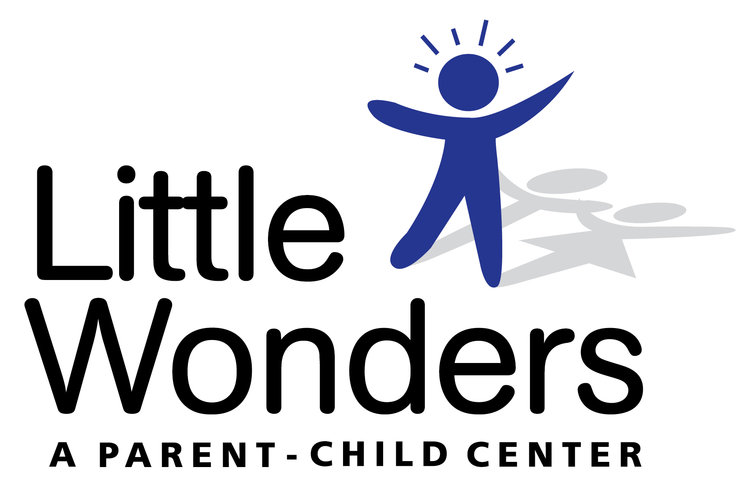By Angie Yeh
I love the beginning of Fall because it signals the many upcoming holidays to celebrate! Clara, my kindergartener, came home from school in early October with a worried expression as she said, “My teacher said that not everybody celebrates the same holidays. Some people don’t celebrate Halloween and that’s ok. She doesn’t celebrate Easter or Christmas, but she celebrates other holidays with her family. Do we celebrate all holidays?”
I’m glad that Clara brought home this question as it opened up a discussion of which holidays and unique rituals our family celebrates together. Her question also highlighted for me the importance of recognizing and learning about the holidays of other cultures and faiths and including them in our conversations with our friends and classmates.
I thought of the narrow portrayal of holidays marked in the typical U.S. school calendar. What happens when a kid thinks that a limited list contains all the holidays that exist in the world? Or if they think there is a “right” or “wrong” way to celebrate a holiday? Suddenly, a memory emerges in vivid detail: St. Patrick’s Day. First grade. Boston suburbs.
THE BROCCOLI LASAGNA
“Mom! We need to bring food for a potluck at school. It has to be green. For St. Patrick’s Day, remember? It’s tomorrow.” Tired from a long day at work, my immigrant Chinese mom sighed. But she could see from my pleading eyes that it was important to me. So we discussed possibilities and settled on my favorite “American” food, lasagna. And to meet the green criteria we added broccoli. My mom stayed up late making a large pan of broccoli lasagna. I went to bed excited and happy, with the delicious scent of baking pasta and cheese emanating from the oven.
The next day at school, we put on our paper leprechaun hats and filed into the cafeteria for the St. Patrick’s day party. I saw rows of treats lined up: green sprinkled shamrock cookies, green frosted cake, lime punch, scones dyed green with food coloring...and realized my mistake. With a sinking feeling in my stomach and burning cheeks I quickly walked all around the room checking the food. Embarrassed and somewhat secretly relieved, I didn’t see my lasagna. That night, when my mom asked how the party was, I mumbled it was fine but my lasagna wasn’t there. I felt ashamed to tell her that we didn’t choose the “right” food. I didn’t want her to feel bad like I did, that we didn’t understand how to celebrate St. Patrick’s day like everyone else.
A week later my mom came with me after school to track down our missing lasagna pan. We walked down dark and empty halls until we ran into the school custodian who said, “Sorry, I saw something left behind in the kitchen and didn’t know what it was for. The lasagna was delicious, we ate the whole thing! My family enjoyed it very much, thank you for sharing it with me!”
We got our pan back, and I felt a little relieved. To this day, whenever there’s a potluck, I try to sign up to bring cups and plates!
FAMILY RITUALS
Fresh off the strong emotions from my childhood memory, I told Clara that her teacher was right: every family can choose to celebrate their own holidays in their own special way. I reassured her that she doesn’t have to be like everyone else and that she’s not missing out. We celebrate Hanukkah and Christmas. Our Thanksgiving table includes traditional turkey, but it is stuffed with her Popo’s Chinese sticky rice. Part of the joy of holidays is being able to create your own unique family traditions and to celebrate them across the years and generations.
DIVERSE REPRESENTATION
Of course, this prompted the question: what are other holidays that our friends and neighbors celebrate? After a quick internet search, it is clear that there are embarrassingly few English language picture books for less U.S. mainstream holidays. Fortunately, the diversity of the Bay Area has prompted the library to purchase books to prepare for events such as face painting for Día de los Muertos, moon cake tasting for MidAutumn Moon Festival, and dancing demonstrations for Diwali. Several of these books were only published in the last few years, so it is promising to see more representation available to our kids!
BOOK CRITERIA
Since it was difficult to find a large variety of books, here is the general criteria I used to select the list below:
Focused on holidays occurring in Fall/Early Winter. The exceptions are Vesak, a Buddhist celebration, and Eid-al-Fitr, a Muslim holiday, which don’t fall in this season.
Available on Amazon.com and at the library
Includes an activity/recipe to do at home or an author’s note explaining more about the significance of the holiday
The story is told from the perspective of a young child
Some disclaimers:
Since many of these holidays are celebrated by billions of people around the world, obviously there will be regional and cultural differences. The selected books tend to be written from a contemporary American perspective. There will also be variance across families of what rituals are observed. (Remember, there’s no “right” way to celebrate a holiday!) Of course, there are other holidays with far greater religious or cultural significance, but I adhered to the criteria listed above.
I also added two non-traditional Thanksgiving books to get you in the mood for practicing gratitude, sharing with neighbors, and gathering with friends and family. Wishing you all a happy holiday season!
Note: As an Amazon Associate Little Wonders earns from qualifying purchases.
BOOKS
Binny’s Diwali (Age: 4-8)
Amazon / Scholastic / Library
Giving Thanks: A Native American Good Morning Message (Age: 5-11)
Angie has two fun kiddos: a girl who refers to herself as “Doggie” and a toddler who flashes her bellybutton in greeting. When she’s not busy searching for misplaced loveys, Angie enjoys tennis, chamber music, and eating all the cheeses.













